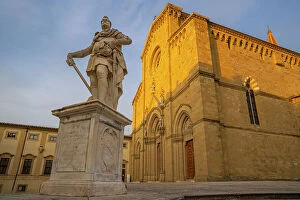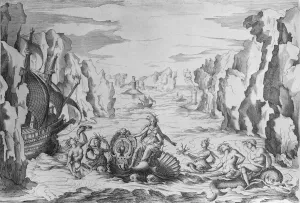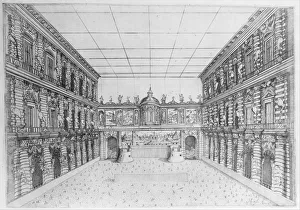Ferdinando I De Medici Collection
"Ferdinando I de Medici: A Renaissance Patron and Military Strategist" Ferdinando I de Medici, the Duke of Tuscany
All Professionally Made to Order for Quick Shipping
"Ferdinando I de Medici: A Renaissance Patron and Military Strategist" Ferdinando I de Medici, the Duke of Tuscany, left an indelible mark on history as a prominent figure in the Italian Renaissance. Known for his patronage of the arts and military prowess, he played a crucial role in shaping both Florence's cultural landscape and its political stability. One notable artwork associated with Ferdinando is the catafalque created in his honor. This elaborate structure, crafted by an unknown artist in 1609, stands as a testament to his grandeur even after death. It symbolizes his significance within Tuscan society and showcases the opulence that characterized his rule. Another remarkable feature attributed to Ferdinando is the Fountain of Mercury located in the garden of Villa Medici. Constructed around 1691 or later, this fountain exemplifies Ferdinando's appreciation for beauty and aesthetics. Its intricate design reflects not only his love for art but also his desire to create serene spaces within his domain. The Piazza della SS Annunziata houses a monument dedicated to Ferdinando I de Medici—a tribute that immortalizes him as one of Florence's most influential rulers. Erected during an era when public commemoration was highly valued, this monument serves as a reminder of Ferdinando's achievements and contributions to Florentine society. In addition to being a patron of artistry, Ferdinando was also involved in military affairs. Jacques Callot captured several pivotal moments from Ferdinand's military campaigns through detailed engravings such as "Assault on Two Fortresses" and "Assault on Outer Forts. " These artworks provide insight into Ferdinand’s strategic mind and leadership skills during times of conflict. Callot further depicted significant events like "The Hiring of Troops, " showcasing Ferdinand’s ability to assemble formidable armies; "The Marriage of Ferdinando and Christine Lorraine, " symbolizing political alliances through matrimony.































